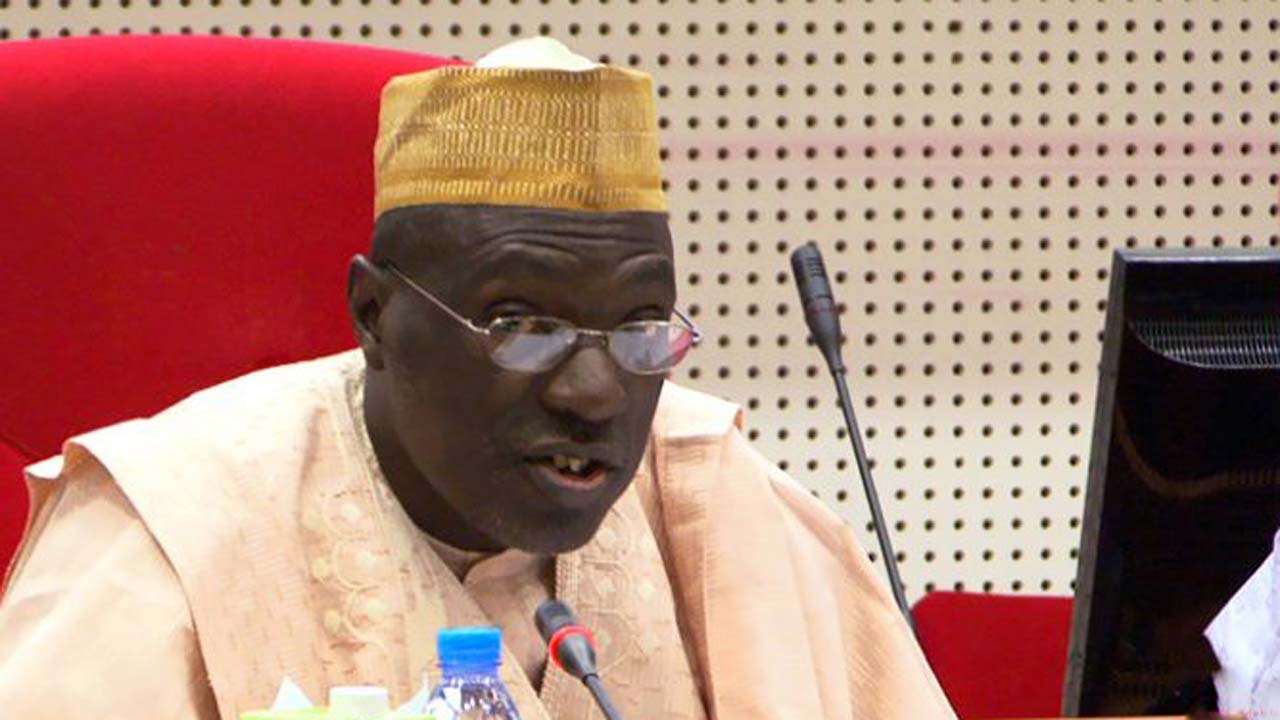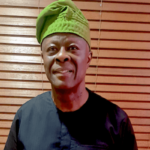The back and forth between the federal and state governments on taking responsibility for the increasing poverty condition of the people did not go unnoticed. Seeing them looking for partners to blame instead of providing solutions was astonishing. The state governors in the argument share the same political party. Therefore, one will not be wrong to think there is a guiding principle of prioritising other individuals in society above poor people.
History has shown that governors can improve and help reduce multidimensional poverty as we know it today. A classical case study is that of Senator Ahmed Makarfi, who followed his party’s principle to deliver key projects in Kaduna State by designing bottom-up policies. The bottom-up approach is more effective than the top-down one – which is more common under an autocratic government. They did so on tight budgets when high-interest World Bank loans with unfavourable conditions were unattractive.
Under Ahmed Makarfi, between 1999 and 2007, the Kaduna State government spent a total of N98 billion to execute capital and human development projects in different parts of the state. When adjusted for inflation to reflect the purchasing power value of 2020, the sum is equivalent to N526 billion. That is an average of N66 billion every year. These figures look small by today’s standards. Nonetheless, the state delivered short-term, medium-term and long-term projects.
The projects included the construction of rural and township roads, the construction of major building projects, the purchase of agricultural input and tools, the construction of schools and hospitals, the development of apprenticeship training centres, providing potable drinking water by drilling boreholes in communities, building schools, establishing tertiary institutions, rehabilitation and equipping of hospitals, electrification of rural areas, and creation of development areas. Kaduna State Tenders Board recorded that the administration constructed over 200 critical roads across the state. These include rural roads, township roads, and inter-town roads. All these were asphalt-laid roads that followed Nigeria’s road network standards.
For balanced development across the communities, 46 Development Areas were created under the Ministry of Rural and Community Development. The mass rural electrification projects under Makarfi ensured that the whole state was linked to the national grid. They built the Legislators’ Quarters and Law Reforms Courts in Kaduna Metropolis and renovated over 700 Government Quarters and public buildings in the state. However, many of them are being sold today. The projects gave opportunities to rural communities to increase their economic activities, which helped reduce poverty.
For urban projects, the old Kawo Bridge was a landmark in northern Nigeria as no state government could achieve this. It was a medium-term project to provide the foundation for future expansion due to funding shortages. It is a novel idea, and the current administration benefitted from the expansion. The administration completed the Gamji Gate Theatre, upgraded Murtala Square and the 2nd Phase of General Hassan Usman Katsina Park to contemporary standards.
The administration directly engaged in poverty alleviation programmes, like providing micro-credit to cooperative societies and individuals. The benefits include providing cash, vehicles, housing and other business assets. The micro-credit provision helped people out of multidimensional poverty. For health, the administration built the new College of Health Science and Technology campus and the College of Nursing and Midwifery. They constructed and upgraded General Hospitals and Health Centres across the State to contemporary standards. The government continued providing HIV testing kits and anti-retroviral drugs to fight the AIDS epidemic and constructed dental centres and zonal blood banks across the State.
For Agriculture, the administration introduced the Back-to-Land programme for 2,300 school leavers and Agricultural Enhancement Programme. Agricultural inputs, including fertilisers, were made cheap and available as the state government directly engaged in its procurement at a subsidised price. They bought over 250 new tractors in collaboration with LGAs. They purchased drugs to control diseases, and improved seedlings and agrochemicals, including herbicides and insecticides with agricultural spraying equipment for farmers. Several rehabilitation activities were carried out on existing dams across the state to provide potable water and aid agricultural resources with irrigation schemes. Boreholes were drilled to provide a short-term solution for water across every village and community. The state did not experience an agricultural input crisis that would lead to food shortage as we have today.
For education, the administration invested in capital and human development. One of the notable lasting projects is the establishment of tertiary institutions across the State, like Kaduna State University (KASU) in Kaduna, which was built from scratch with affordable tuition fees. As of 2022, the University has graduated over 10,000 students with notable alumni. Scholarship awards to indigenes were granted. The average number of scholarships per year during that period was around 12,500, and the 2004/2005 session had the highest amount of scholarships awarded, where over 20,000 were granted.
The administration also established skills acquisition and vocational training centres for women across communities in the 23 local governments. On Universal Basic Education projects, funds between 1999 and 2005 showed 1,800 classrooms, offices/ stores, toilets, and drainages across the state were constructed. They also renovated and furnished over 4,500 classrooms, offices, stores and toilets, which made them fit for purpose and are still in use. These have
These development projects were done with little burden on the future income of the government. That means no pressure for the State government to increase internally generated revenue. The achievements brought people closer to the government. High hopes were nurtured by evenly distributing infrastructural development and superstructures across the State. They made them feel part of a working system as the multidimensional poverty of deprivation of health, education, housing and other living standards was reduced significantly.
Of course, the global communities were appeased to see the millennium development goals achieved. Ultimately, the result delivered increased provision of basic needs like healthcare, education and living standards. The success story is not an isolated one. States like Bauchi and Katsina still look back at the achievements of their past governors, Ahmed Mu’azu and the late Umaru Yar’adua, who governed between 1999 and 2007. They also followed similar tenets.
Today’s poor results mean that the system is not working. Some define insanity as trying to do the same thing but expecting a different result. In 2023, we must change the system with a successful system that has worked and brought hope to the electorate before. Otherwise, it will be a continuation of the current situation. God forbid.

 Join Daily Trust WhatsApp Community For Quick Access To News and Happenings Around You.
Join Daily Trust WhatsApp Community For Quick Access To News and Happenings Around You.


